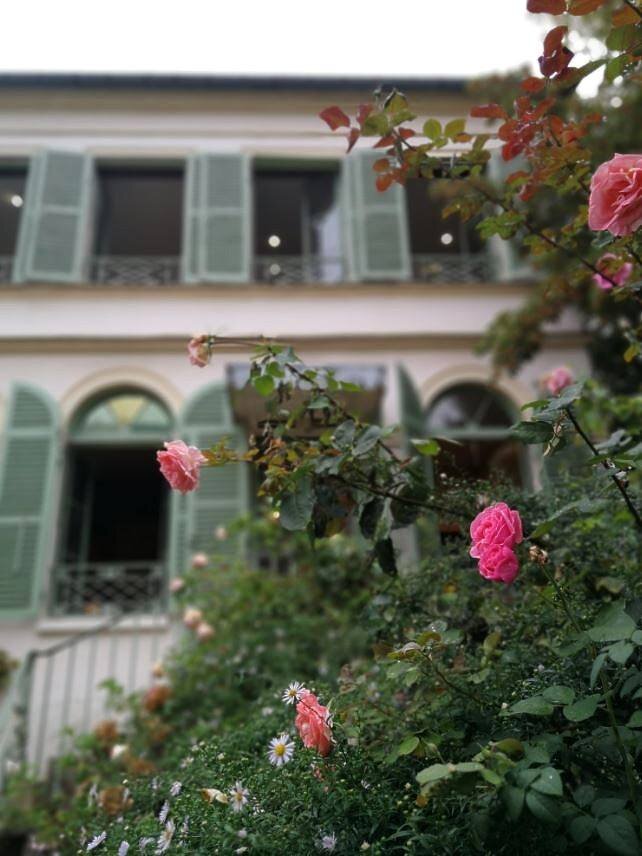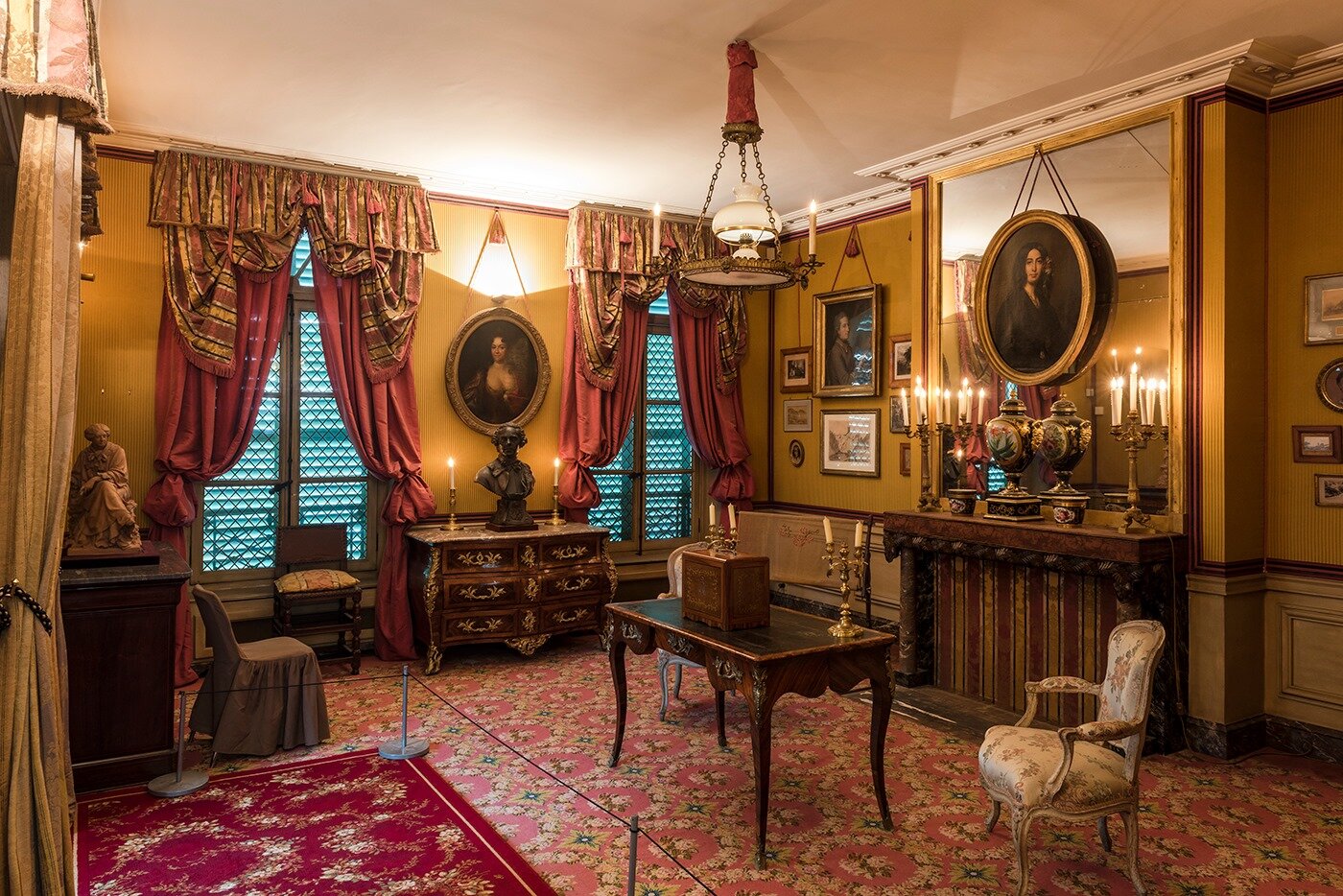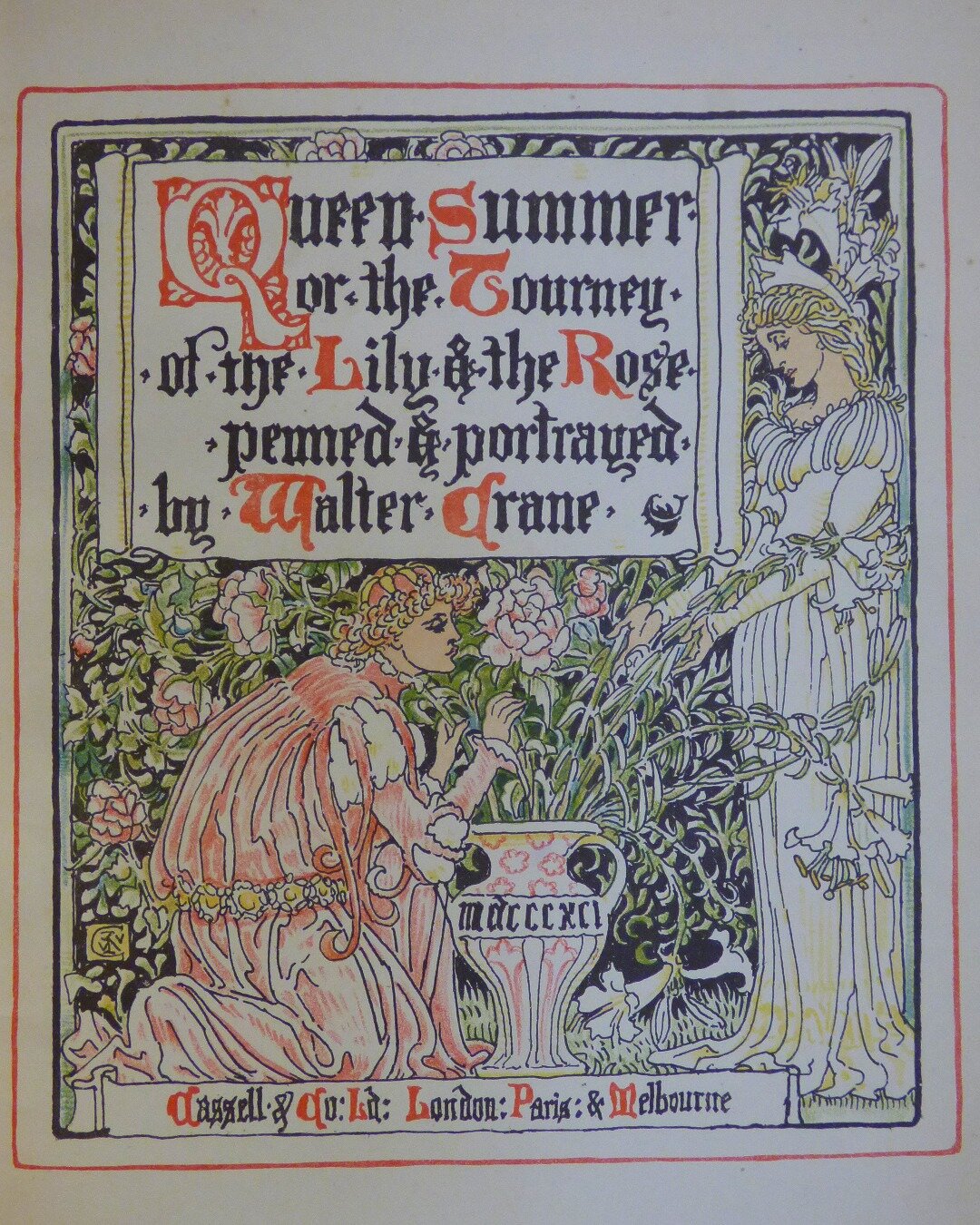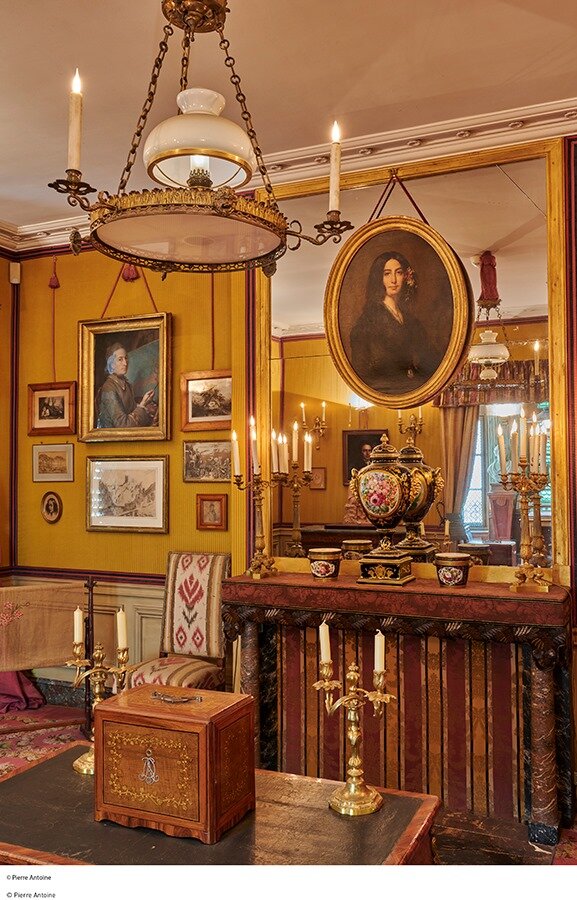Museums, Attractions & Things to Do
A guide to some of the best museums, attractions, activities, and things to do in Montmartre and the South Pigalle neighbourhood.
Museums, Attractions & Things To Do:
Musée de la Vie Romantique - Musée de Montmartre & Jardins Renoir - Dali Paris - Musée Gustave Moreau - Musée d’Art Naïf Max Fourney - Musical Nights Out
Musée de la Vie Romantique
This museum dedicated to the Romanticists (think movement/period of time, not emotion), is housed in a mansion that once operated as a 19th century salon, welcoming great artists and thinkers of the time, with Chopin, Franz Liszt, George Sand, and Delacroix, included as just some of the guests of interest who walked through the door.
The museum allows visitors to explore the mansion and its gardens, taking in the decorations of the home, while also showcasing treasures of the Romantic period. On display, you’ll find a large collection of personal items belong to George Sand, including love letters and jewellery.
Perhaps more popular than the museum itself is the garden tearoom attached, which makes for a wonderful destination to take a little afternoon break. Providing shade under the surrounding trees and with roses to offer a fresh scent, you can sit and relax with pastries and a cup of coffee.






Practical Information: Open daily, except Mondays, from 10am-6pm. Free admission. Please note that hours can/may change, check HERE for the most up-to-date information.
How to Get There: The closest métro stations are Pigalle (M2 or M12), Blanche (M2), and Saint-George (M12).
Musée de Montmartre & Jardins Renoir
Located in the Bel Air house in Montmartre – the oldest structure in this area of the city – this museum is spread across the former studios of great painters; a meeting place where artists could gather, work, brainstorm, and collaborate. Probably the most famous of the residents here was Renoir, but other artists include Camoin, Friesz, Dufy, and Valadon. In addition to exploring the studios of the artists, you can browse through a collection of works by some of the most famous artists to spend time in this neighbourhood, such as Toulouse-Lautrec and Modigliani. In fact, there is a whole room dedicated to the French Cancan, especially considering that Toulouse-Lautrec was known to frequent the Moulin Rouge.
This museum captures the rebirth of Montmartre into the renowned artist quarter it became, highlighting the significant moments and cultural shifts that changed the face of the nieghbourhood. Artists moved to the neighbourhood, cabarets opened up, pleasure for the sake of art was encouraged, and the bohemian revolution was born.
After exploring the museum, venture into Jardins Renoir – the gardens surrounding the museum that overlook the few vineyards to actually be found within the city. Enjoy a treat from the café Renoir while sitting in the gardens, and take in this remote hideaway in a bustling city.
Practical Information: The museum and gardens are open daily, from 10am-6pm, with extended hours until 7pm from early April until the end of September. General admission, which includes an audioguide, costs between €9.50-€12. A discounted rate can be applied with a ticket from the Musée de la Vie Romantique. Entrance to just the gardens costs €5. If you’d like a guided tour with museum staff, it costs between €15-€18. Please note that hours and admission are subject to change; check HERE for the most up-to-date information.
How to Get There: The closest métro station is Lamarck-Caulaincourt (M12), but if you don’t mind walking a little further, you can also get there from Abbessess (M12) or for a sturdy uphill walk from Pigalle (M2 or M12).






Dali Paris
This museum is dedicated completely to the works of Salvatore Dali, focusing on the history and works of the artist and his contributions to the surrealism movement. Located in the Dali’s former house, the permanent exhibition is a collection of Dali’s works in various mediums, with a focus on his sculptures and engravings – the largest collection of Dali’s works in France. You’ll also find the artist’s dabbled with other mediums, such as furniture design and sketches.
What makes a visit here even more interesting is that a large portion of the works on display have not been seen outside this museum as they were donated from a private collector – Beniamino Levi. In fact, Levi used his collection to create this museum, his efforts elaborating on what the art world believed they knew about this eccentric man, providing a deeper lens into his life and mindset.





Practical Information: Open Wednesday to Sunday, from 11am-5:30pm. General admission is 12, and an extra €3 for an audioguide. Please note that hours and admission are subject to change; check HERE for the most up-to-date information.
How to Get There: The closest métro stations are Anvers (M2), Abbesses (M12), and Lamarck-Caulaincourt (M12).
Musée Gustave Moreau
Located in South Pigalle, this smaller museum is dedicated to the works of the famous symbolist painter Gustave Moreau. Located in his former home, Moreau intended for the space to be turned into a gallery for his works and designed it to accommodate his vision. Split amongst multiple levels, you can explore his house in the path and way he intended.
The lower level of the museum focuses on family portraits and items, souvenirs from his many trips throughout Europe, copies he made of famed Renaissance works, portraits of him painted by other great artists, and a boudoir completely dedicated to Alexandrine Dureux – a woman he considered his best friend and the object of his affection, though it was unrequited. The boudoir contains furniture belonging to Dureux, as well as her collection of art work. Interestingly, this room maintains items still with price tags as Moreau never finished organizing and placing the little items he was adding to the room – these items still standing exactly how he left them.
Upstairs, on both the second and third level, you can explore his studios as you venture into his fascination with traditionally renaissance images. In rooms that look more befitting a fine house than a studio, you’ll find scenes from Greek mythology and the bible, the rooms seeming more fitting to that of an 16th century artist rather than one from the 19th and early 20th century.
Even more entertaining, throughout the museum, printed on boards that you can carry, you can read Moreau’s commentary on his collection and display, though don’t expect it to read as eloquently as most museum’s or curator’s words – it’s the ramblings of an artist.






Practical Information: Open daily, except Tuesdays, from 10am-6pm. General admission is €7, or €9 with a combined entry ticket with the Musée National Jean-Jacques Henner. Please note that hours and admission are subject to change; check HERE for the most up-to-date information.
How to Get There: The closest métro stations are Saint Georges (M12) and Pigalle (M2 and M12).
Musée d’Art Naïf Max Fourney
Located inside the Halle Saint-Pierre, this art museum is a quirky find for those who appreciate the avant-garde. A bright and colourful museum, verging on being trippy, you’ll find a rotating door of temporary collections, changing constantly throughout the year and all showcasing bold and dramatic work from all over the world. There are a limited number of works that are considered permanent collection, all from Max Fourny’s “Naïve Art”.
This Halle Saint-Pierre is a former market hall, which still maintains its original structure, but now houses the Musée d’Art Naïf Max Fourney, temporary exhibitions, a library and bookshop, gift shop, and café.
Practical Information: Open weekdays from 11am-6pm, Saturdays from 11am-7pm and Sundays from noon until 6pm. General admission is €9. Please note that hours and admission can/may change, check HERE for the most up-to-date information.
How to Get There: Located within Halle Saint Pierre, the closest métro stations are Anvers (M2) and Abbesses (M12)




Musical nights out at La Boule Noire, The Trianon,
and La Cigale
Once a legendary cabaret venue, now you can enjoy concerts and great live performances almost daily at La Boule Noire. The space is dark and avant-garde, perfect for an intimate concert venue, though you can’t help but picture Cancan dancers running around this tight space. Interestingly, while this venue is now dedicated to showcasing emerging talents and promoting new relevant talents, over the years a few famous and singers have chosen to use this more compact space for special and intimate performances. Most notorious is Metallica, who performed here in 2003 with a small setlist featuring some of their most popular hits. Despite being used to stadium-sized concert halls, the band had a concert here, playing only nine songs for their most dedicated fans.
The Trianon is a concert hall and theatre, housed in a former Belle Epoque building with the architecture and interior design still intact, giving the venue a great historical feel to go with the epic performances on stage. While the insides might be ornate and reflect a different period, the artists who have played there in recent years are quite modern, with some of the biggest names in the business using it as their concert space. Rihanna, Ke$ha, Goldfrapp, Fifth Harmony, Stormzy, Dave Chapelle, Of Monsters and Men, Jason Mraz, Punch Brother, Leon Bridges, Imagine Dragons, Jeff Goldblum, and Kodaline are just some of the big names to have performed here since it’s reopening in 2010.
La Cigale has been home to many forms of performance art, from music and cabaret, to live comedy, back to music venue, followed by a Vaudeville performance space and then a cinema. This space which opened its doors in the late 1880s, has reinvented itself multiple times, though it always remained a theatre of some sort. However, a century after opening, it returned to its roots as a music hall – now protected as a historical monument of the city. Once reopening and establishing itself as a concert hall, it became the venue of concerts for some of the biggest bands in the music industry, including Led Zeplin, Bowie, Prince, the Red Hot Chili Peppers, Adele, Coldplay, Iggy Pop, Franz Ferdinand, Norah Jones, Panic at the Disco, Eric Clapton, and Bonnie Tyler (just to name a few).
So before going to Paris, check to see if any of these concert venues have tickets available for someone you’re interested in seeing, or perhaps drop by day of and see if you can grab last minute tickets for a new artist.







